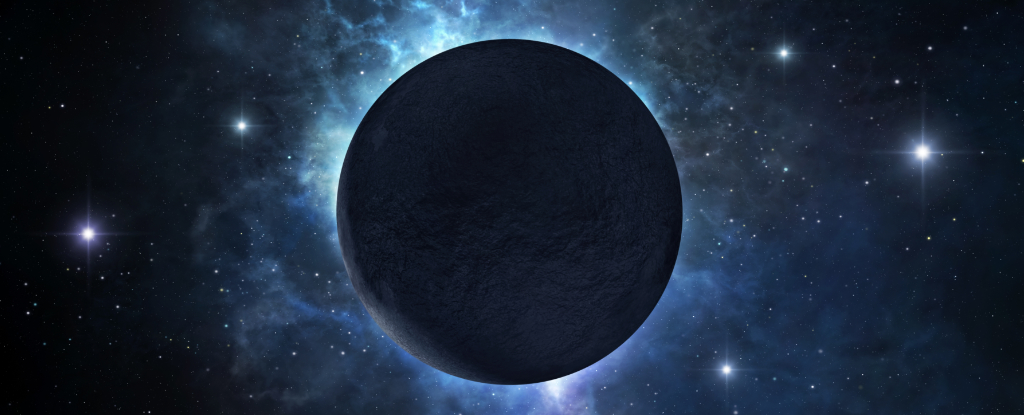Groundbreaking Discovery: Earth-Based Telescopes Peer into Cosmic Dawn

In a landmark achievement of astronomical research, scientists have successfully employed ground-based telescopes to delve into the cosmic dawn, a fascinating period that occurred more than 13 billion years ago. During this epoch, the universe was still in its infancy, and light from the first stars began to reshape the cosmos. This major breakthrough offers a new perspective on our understanding of the early universe.
The light from this ancient era, characterized by its millimeter wavelengths, is incredibly faint. While space-based observatories have previously been able to capture some of this light, ground-based telescopes have struggled due to the overwhelming electromagnetic radiation present in Earth’s atmosphere, which obscures the primordial signals scientists seek to detect.
However, the Cosmology Large Angular Scale Surveyor (CLASS) project has turned this challenge into an opportunity by utilizing a specially designed telescope. On June 11, researchers published their groundbreaking findings in The Astrophysical Journal, revealing traces left by the first stars on the background light emitted during the Big Bang.
“People thought this couldn’t be done from the ground,” stated Tobias Marriage, the CLASS project leader and a professor of physics and astronomy at Johns Hopkins University. He emphasized the technological limitations that have historically constrained ground-based astronomy, particularly in measuring the elusive microwave signals from the Cosmic Dawn. “Overcoming those obstacles makes this measurement a significant achievement,” he added.
The CLASS observatory is strategically positioned at a staggering altitude of 16,860 feet (5,138 meters) in the Andes mountains, within the Atacama desert of northern Chile. This unique location is ideal for astronomical observations due to its high elevation and the prevailing dry conditions that limit atmospheric interference. Since obtaining its first light in 2016, the telescope has been fine-tuned to survey the sky at microwave frequencies. This sensitivity not only allows for mapping approximately 75% of the night sky but also enables the detection of microwave signals that originated during the early stages of the universe.
After the Big Bang, the universe was shrouded in a dense cloud of electrons, which prevented light from traveling freely for the first 380,000 years. As the cosmos expanded and cooled, the electrons eventually combined with protons to form hydrogen atoms. This crucial transformation allowed microwave-wavelength light to propagate, creating the cosmic microwave background (CMB) that fills space.
These hydrogen atoms, where they were dense enough, collapsed under the force of gravity, birthing the first stars. The light emitted by these stars played a pivotal role in reionizing pockets of hydrogen gas, separating their electrons and leading to interactions with light from the CMB, which resulted in the polarization of the background radiation.
The detection of this polarized portion of the CMB is essential for deciphering the early universe. Without this data, our understanding of the cosmos remains incomplete. Previous space missions, including NASA’s Wilkinson Microwave Anisotropy Probe (WMAP) and the European Space Agency’s Planck space telescope, have provided valuable insights, yet their observations have been hampered by noise and limitations inherent to satellite technology.
“Measuring this reionization signal more precisely is an important frontier of cosmic microwave background research,” remarked Charles Bennett, a physics professor at Johns Hopkins and the leader of the WMAP project. “Our findings could refine our understanding of dark matter and neutrinos, which are abundant but elusive particles that permeate the universe.”
To achieve these significant observations, the CLASS researchers meticulously compared their data with that from the Planck and WMAP missions, allowing them to isolate a common signal from the polarized microwave light. Bennett expressed optimism for future research, noting that with more data from CLASS, they aim to achieve the highest possible precision in their measurements of the universe.


























